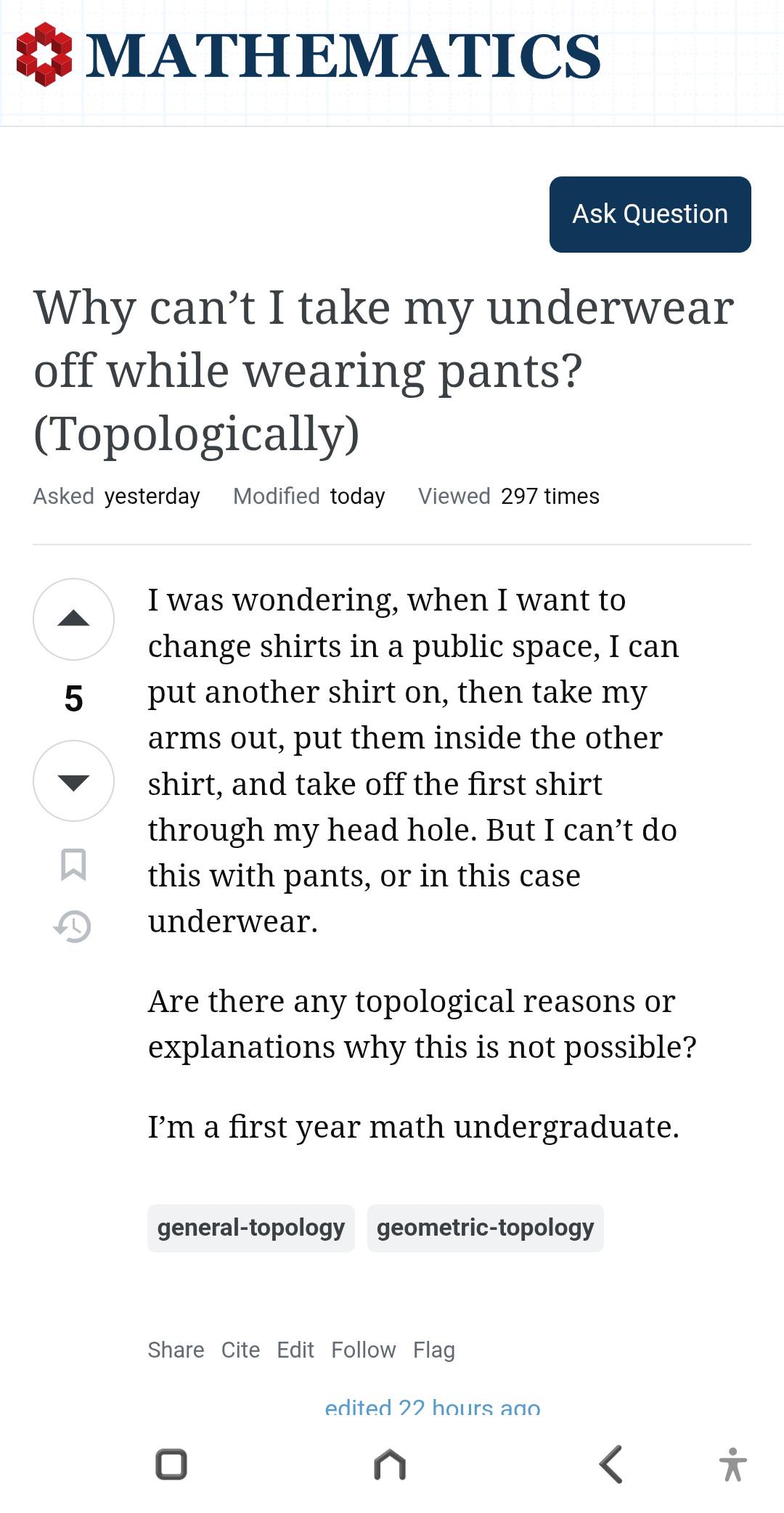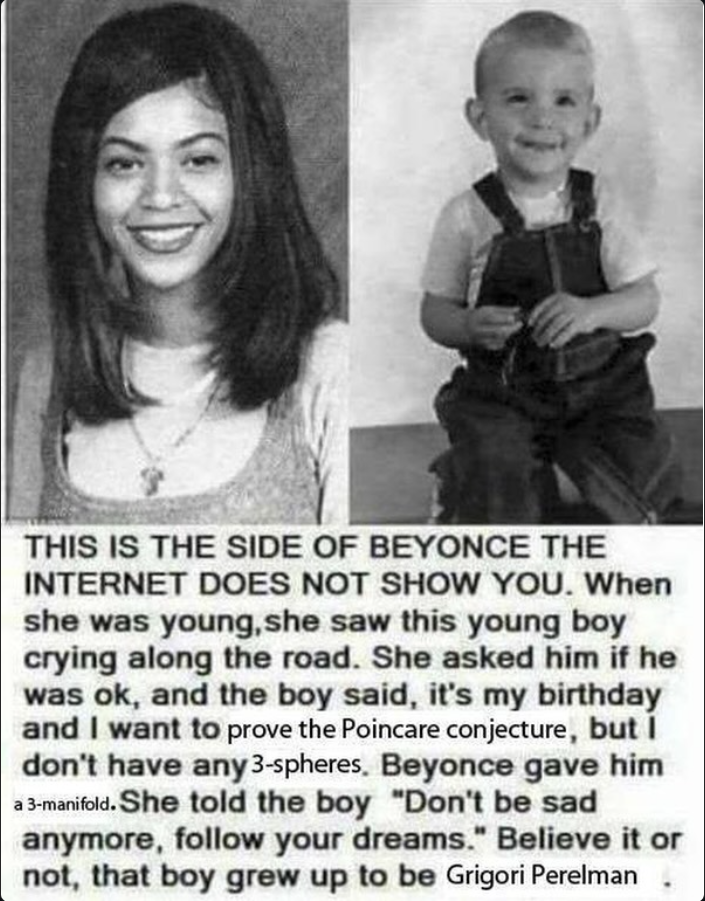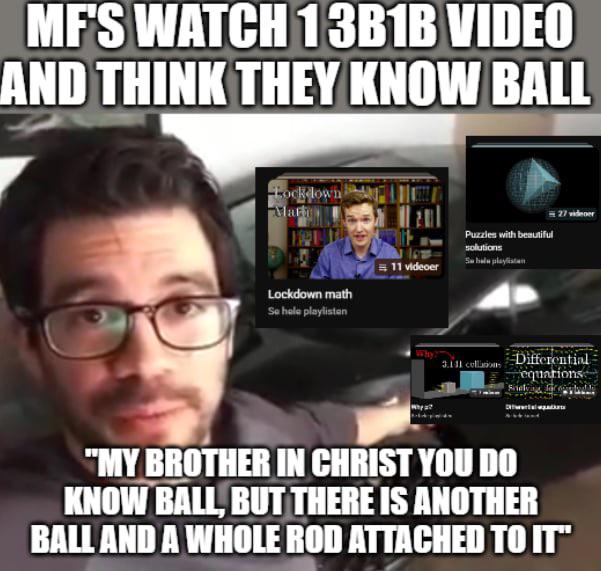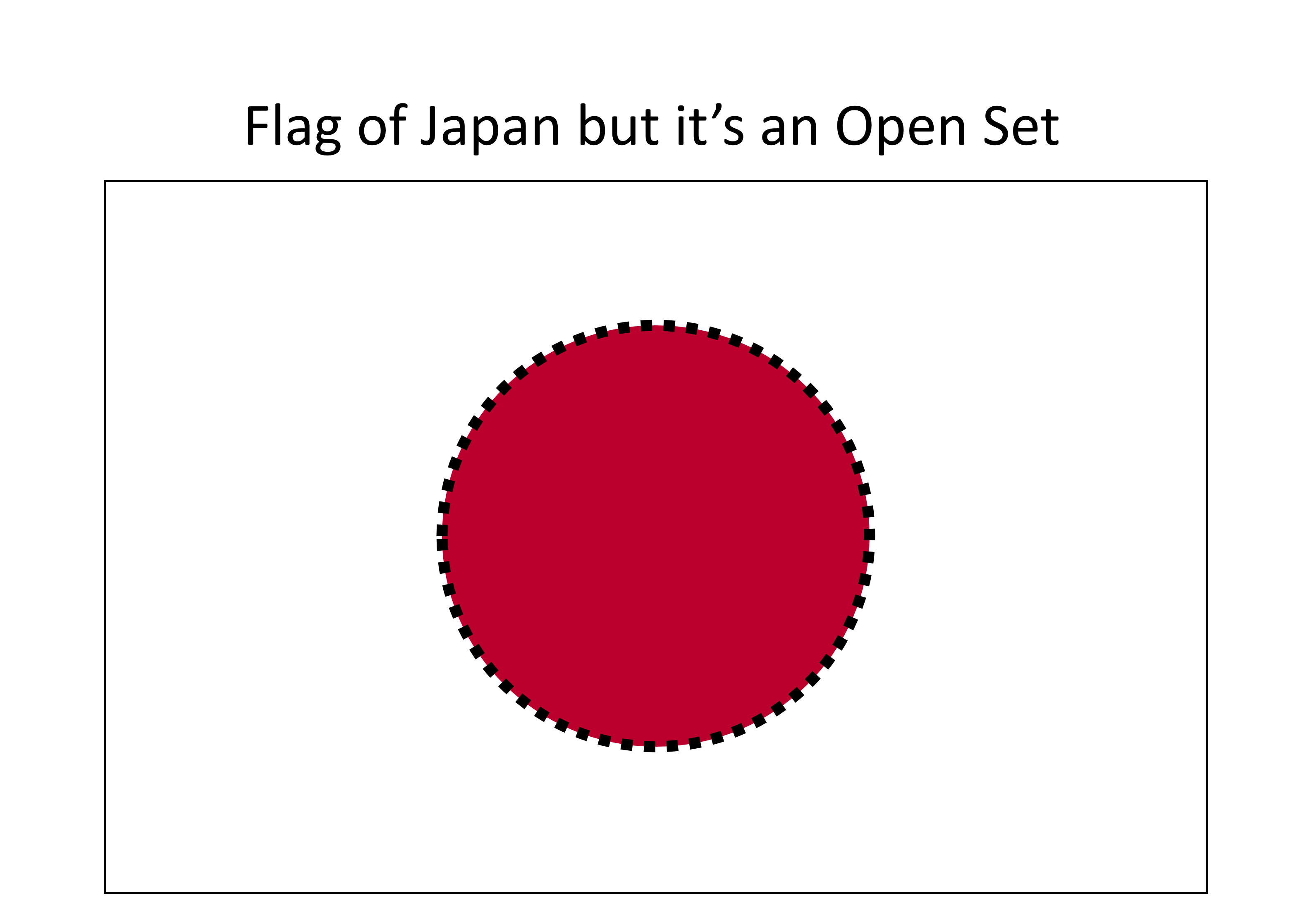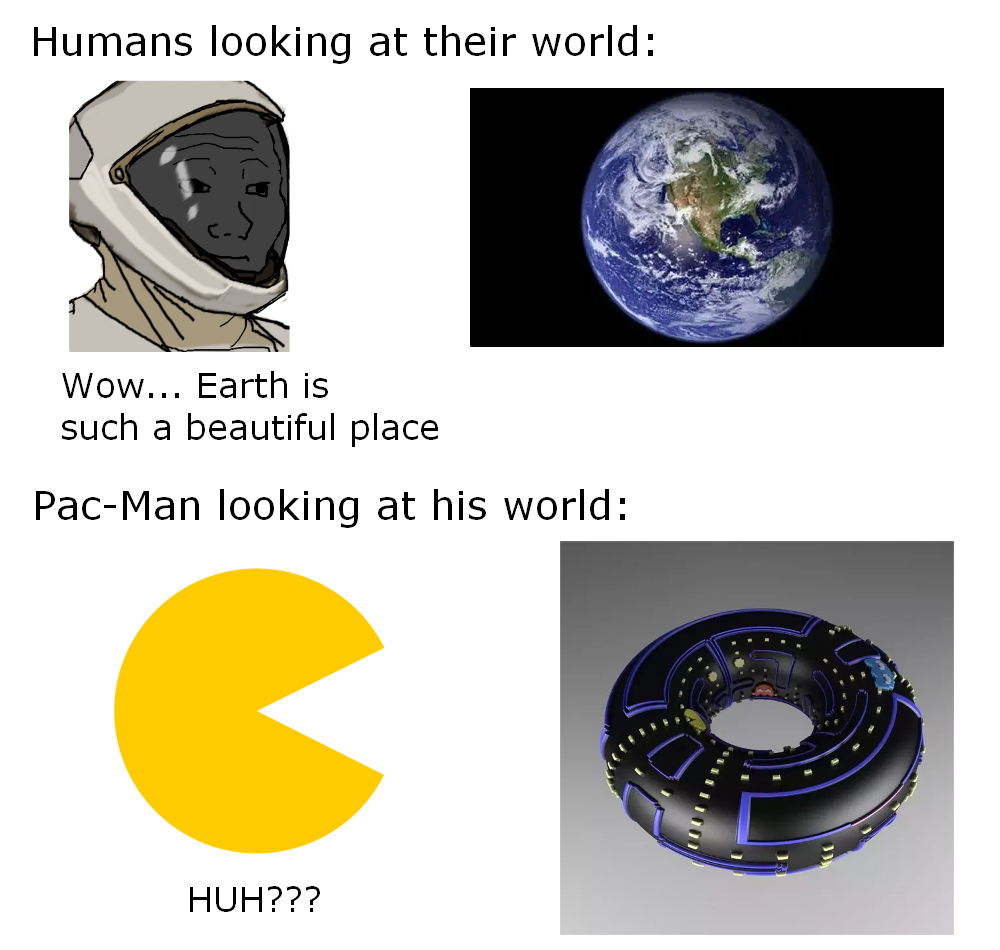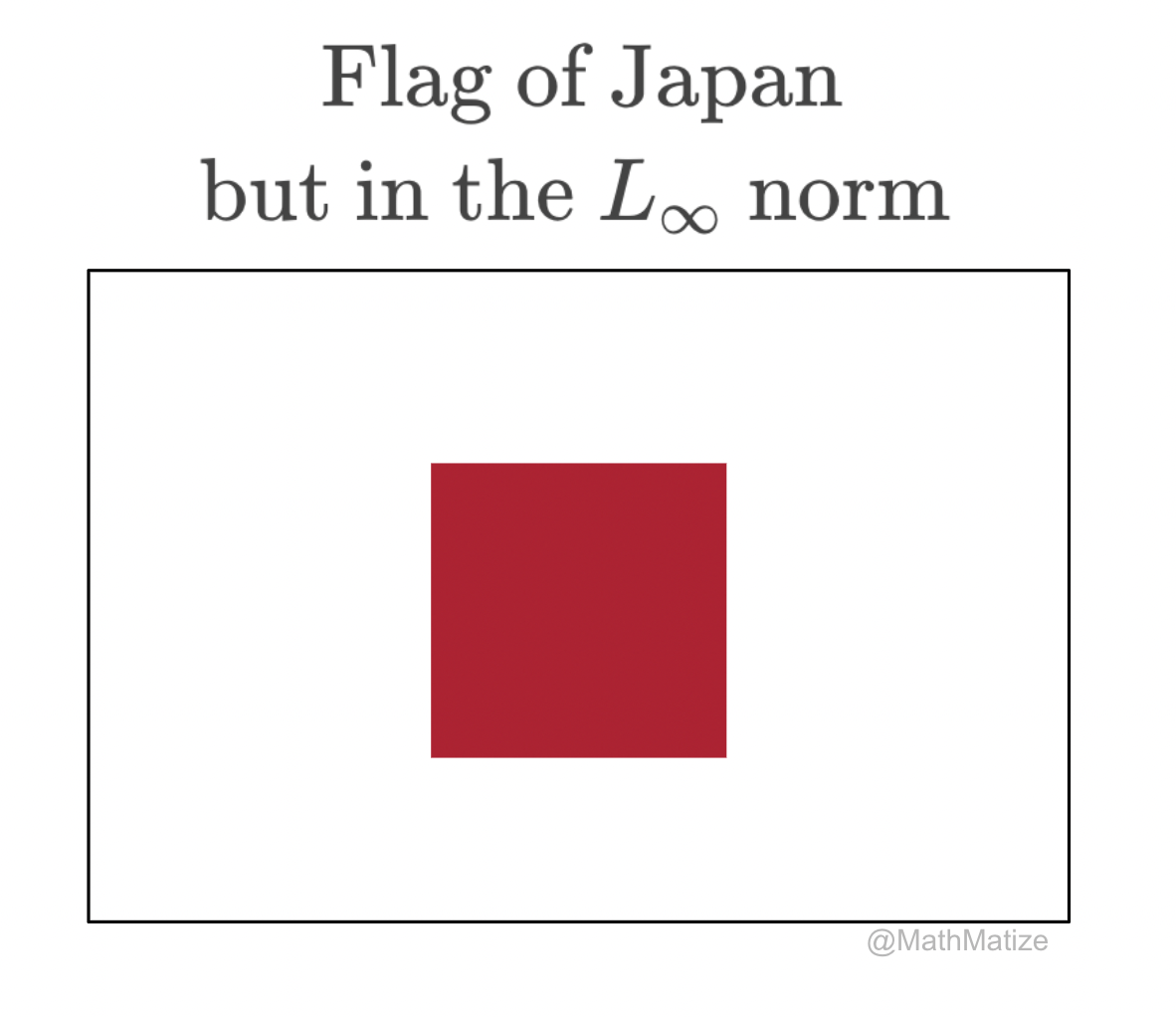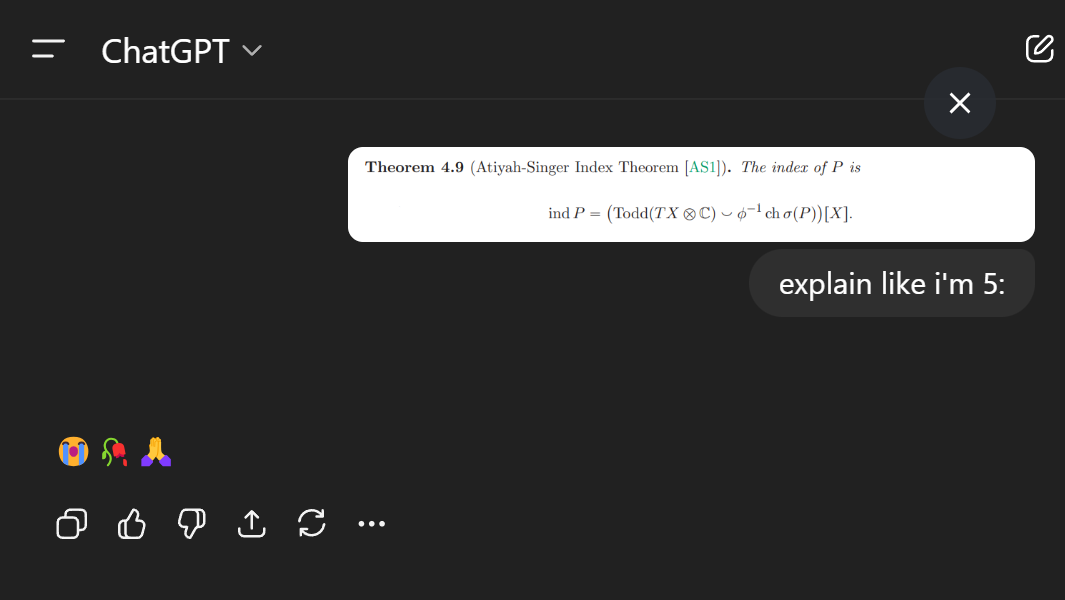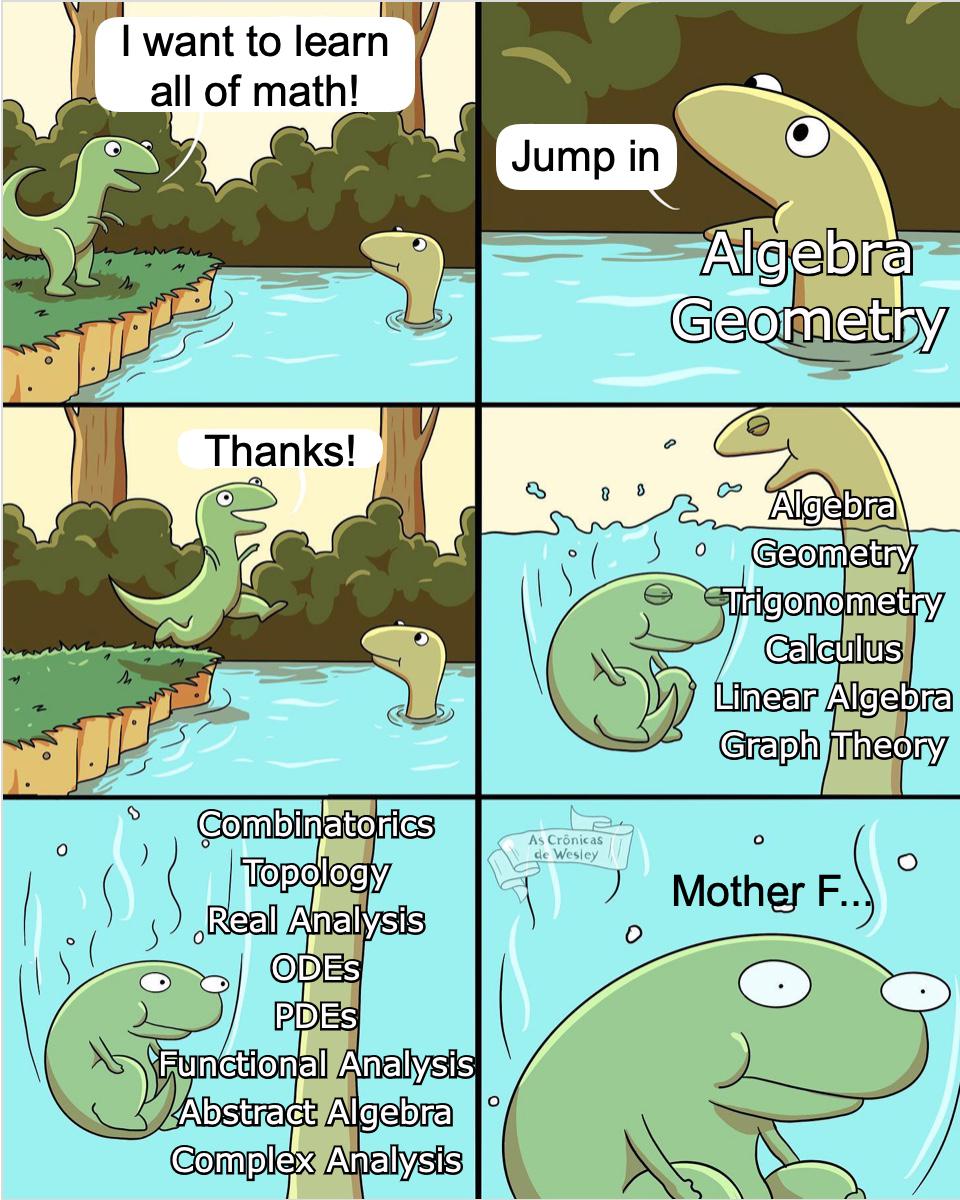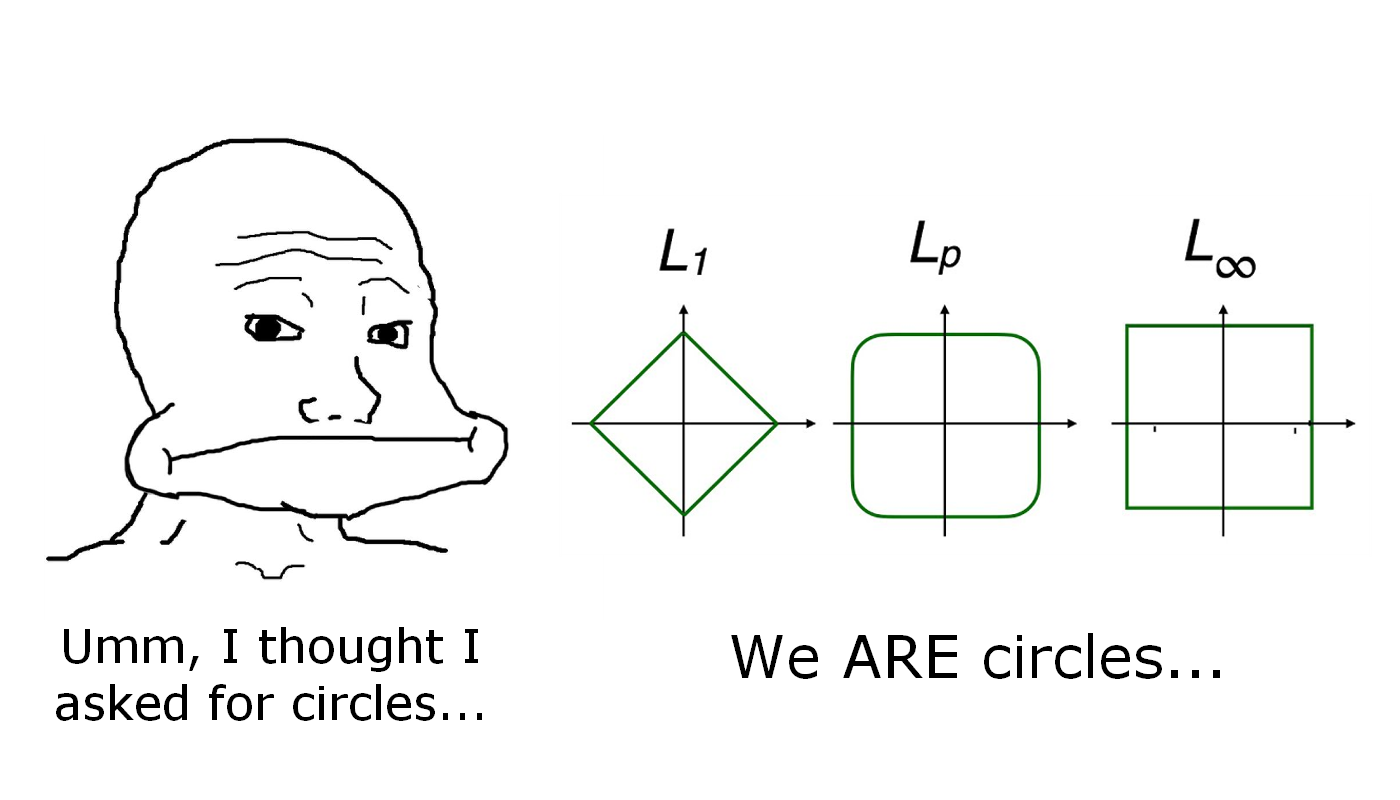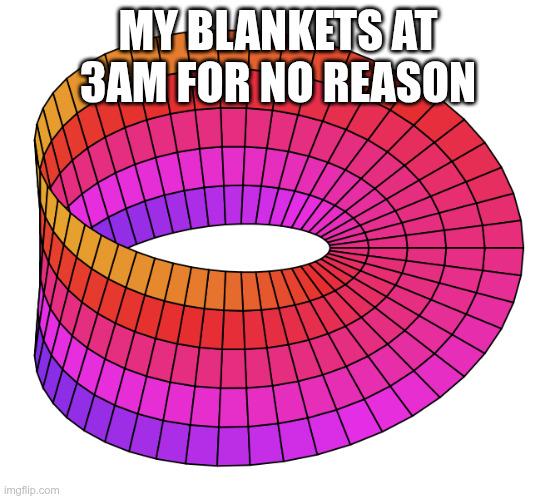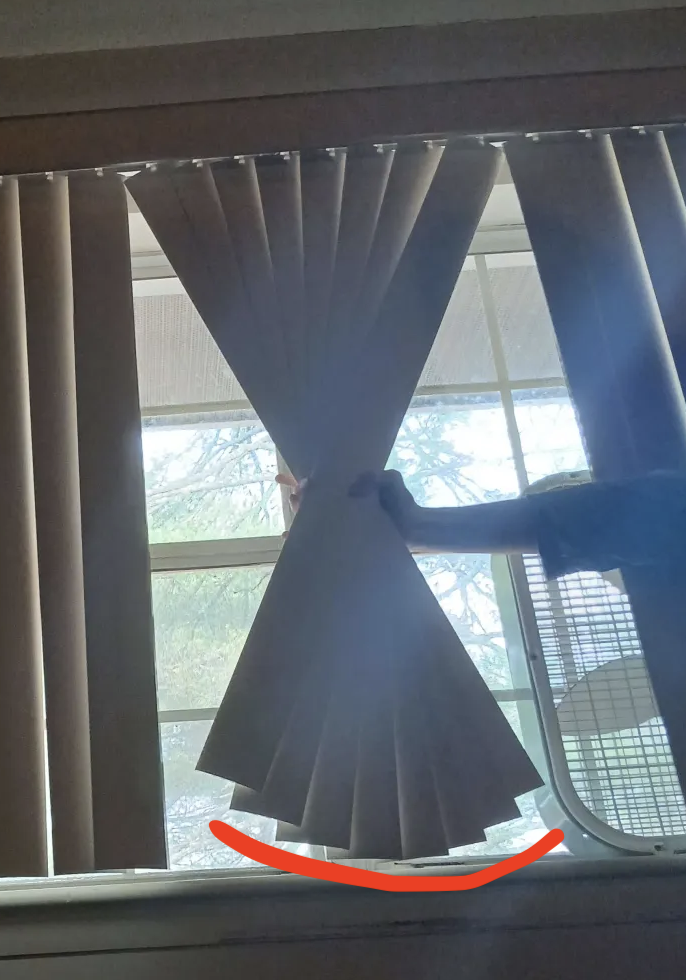Welcome to the mathematical twilight zone where circles have identity crises! What you're witnessing is the mathematical equivalent of ordering a "round" pizza and getting a diamond, a rounded square, or a literal square. In different metric spaces (L₁, Lₖ, L∞), the definition of "distance" changes, so the shape of a "circle" (points equidistant from center) changes too! The Euclidean metric (L₂) gives us the familiar round circles we know and love, but these other metrics are like "hold my beer, I've got a different idea of what 'same distance' means." Next time you tell someone to "draw a circle," make sure to specify which universe's definition of distance you're using, or you might end up with some very angular "circles" that would make Euclid roll in his perfectly round grave.


 Academia
Academia
 Ai
Ai
 Astronomy
Astronomy
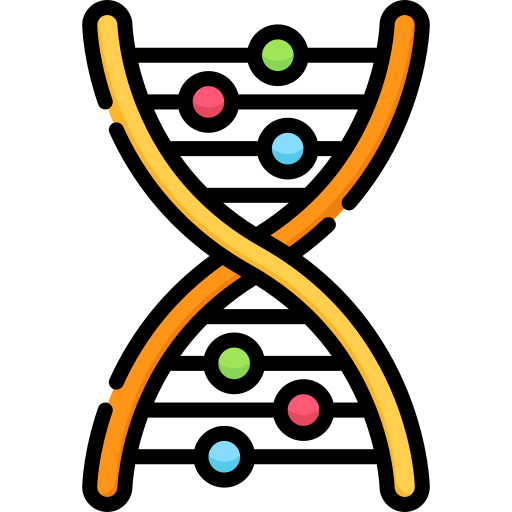 Biology
Biology
 Chemistry
Chemistry
 Climate
Climate
 Conspiracy
Conspiracy
 Earth-science
Earth-science
 Engineering
Engineering
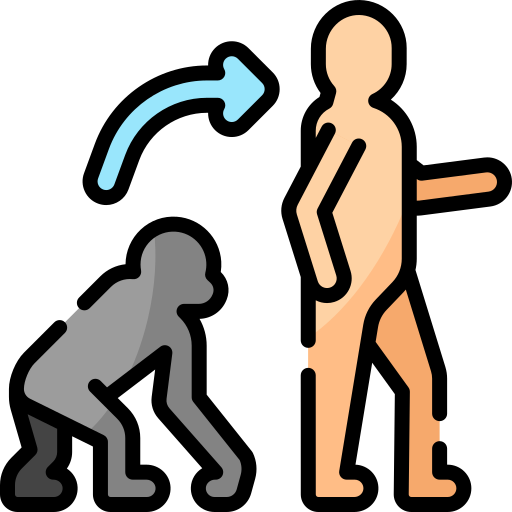 Evolution
Evolution
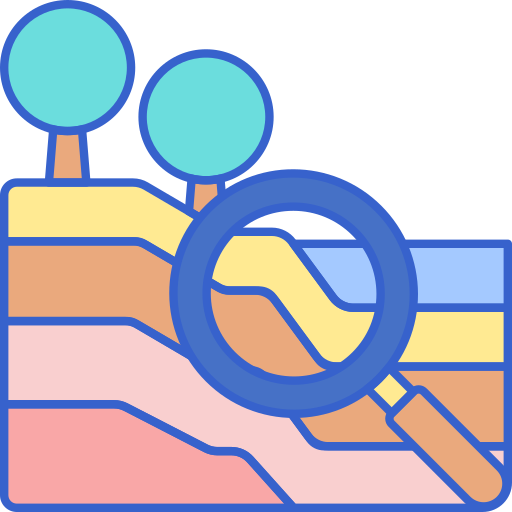 Geology
Geology
